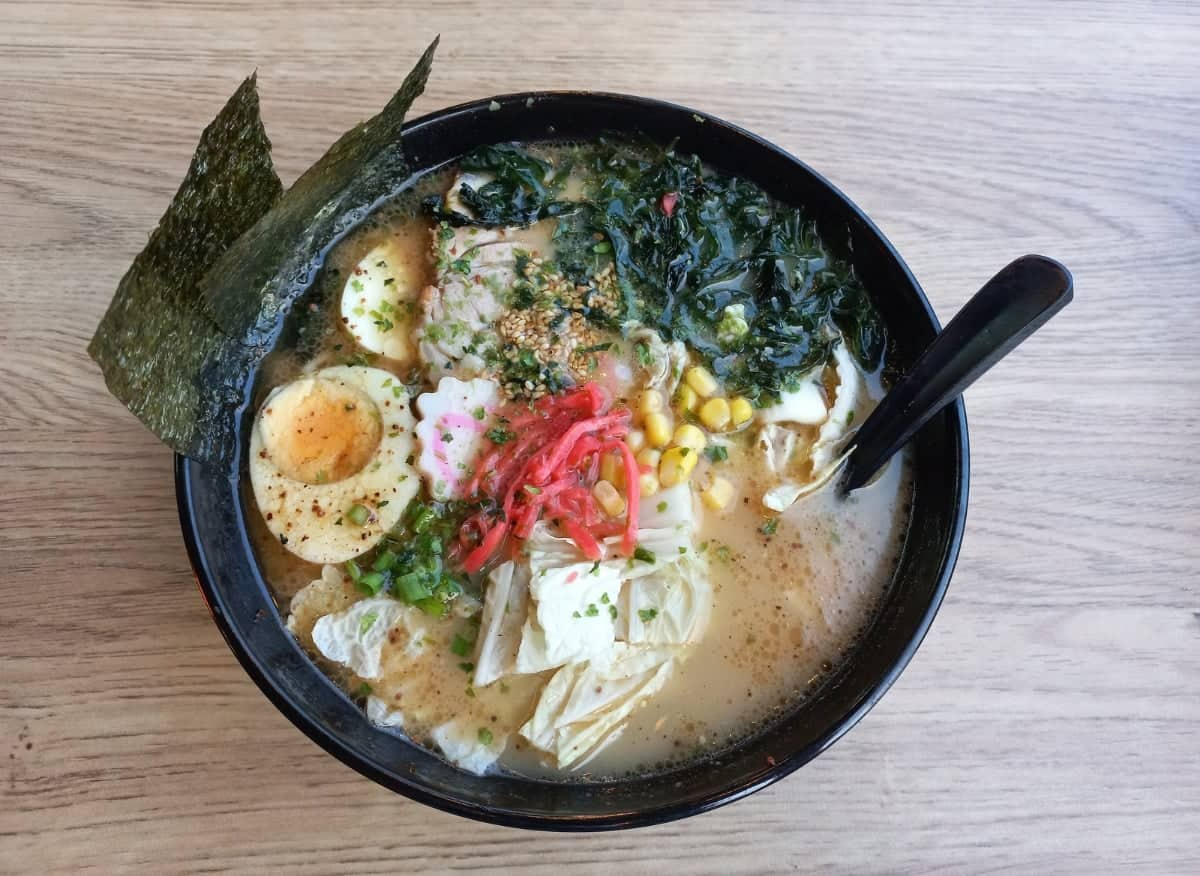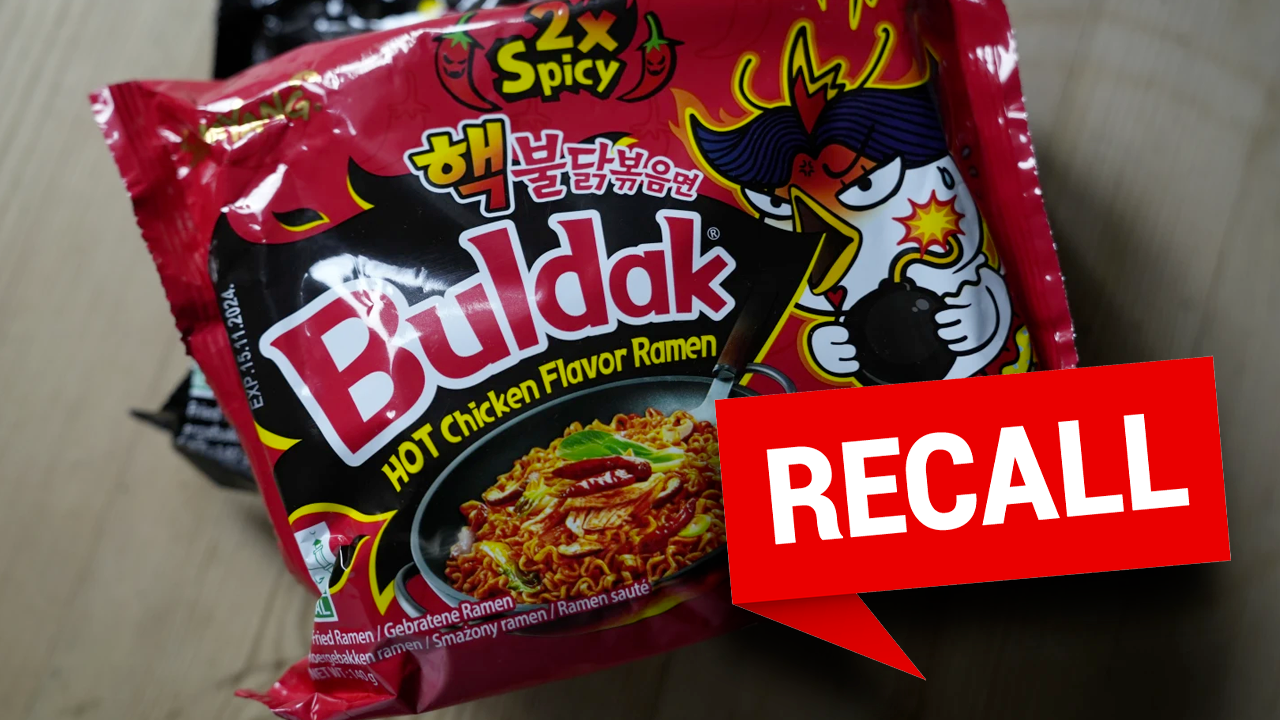Ramen Recall Alert! Is Your Ramen Safe? What To Know Now
Are your favorite ramen noodles safe to eat? The unsettling truth is that even this ubiquitous comfort food isn't immune to recalls, and staying informed could be the key to protecting your health. In an age where food safety is paramount, its crucial to stay informed about any possible issues related to the products we consume. This article delves into whether ramen noodles have been recalled and what consumers need to know to protect themselves and their families.
In this comprehensive guide, we will explore instances of ramen noodle recalls, the reasons behind these recalls, and the steps consumers can take to ensure they are making safe choices. Additionally, we will provide insights into the ingredients that may pose health risks and how to identify safe products in the market. The seemingly simple bowl of noodles can harbor unexpected risks, demanding closer scrutiny.
| Data Point | Details |
|---|---|
| Name | Ramen Noodles |
| Origin | Japan |
| Primary Ingredients | Wheat flour, water, salt, and kansui (alkaline mineral water) |
| Popular Variants | Shoyu, Miso, Tonkotsu, and Shio |
| Global Popularity | Widely consumed worldwide, particularly in Asia and the United States |
Over the years, there have been several notable recalls of ramen noodles due to various concerns. Some of the most prominent recalls include:
- Ding Dong Dantes Height The Truth Revealed Career Facts
- Explore The Life Of Holly Campbell A Stars Journey Updated
- 2013 Recall: A major brand faced a recall due to undeclared allergens, specifically wheat and soy, which posed a risk to consumers with allergies.
- 2016 Recall: A popular ramen noodle brand was recalled after potential contamination with Salmonella was discovered during routine testing.
- 2021 Recall: A batch of instant ramen noodles was recalled for containing high levels of lead, which is a serious health risk.
Navigating the labyrinth of food safety requires a keen understanding of why these recalls happen in the first place. Pinpointing the vulnerabilities in the production chain allows consumers to better assess and mitigate risks. Here's a breakdown of the most frequent offenders:
- Contamination: This can occur during the manufacturing process, leading to the presence of harmful bacteria or chemicals.
- Allergen Mislabeling: Failure to properly label allergens can put sensitive consumers at risk.
- Quality Control Issues: Substandard ingredients or improper packaging can lead to recalls.
In addition to the historical recalls mentioned earlier, it's essential to stay updated on recent events. Various governmental food safety agencies regularly publish reports on food recalls. Websites like the FDA and USDA provide timely information. The consumer's vigilance is paramount, transforming awareness into a protective shield.
Delving into the potential health implications of consuming contaminated ramen noodles unveils a spectrum of unwelcome consequences. From immediate discomfort to long-term health risks, understanding these implications underscores the importance of informed consumption.
- Urgent 2024 Maruchan Ramen Recall What You Need To Know Now
- Beware Ramen Noodle Bacteria In 2024 Risks Amp Safety Tips
- Food Poisoning: Symptoms can range from mild stomach discomfort to severe gastrointestinal distress.
- Allergic Reactions: Undeclared allergens can provoke life-threatening reactions in sensitive individuals.
- Long-term Health Risks: Continuous exposure to contaminants like lead can result in chronic health problems.
Staying informed about food recalls is essential for consumer safety. Here are steps you can take to check for ramen noodle recalls:
- Visit the official website of the FDA for the most recent updates on food recalls.
- Subscribe to food safety alerts or newsletters from reputable sources.
- Check the product packaging for recall notices, especially if you have recently purchased ramen noodles.
To ensure the ramen noodles you consume are safe, consider the following tips:
- Read the labels carefully for allergen information.
- Purchase ramen noodles from reputable retailers.
- Be cautious of products that seem to have unusual packaging or labels.
- Stay updated on food safety news and recalls.
Ramen noodles have a rich history that dates back to the early 20th century. Originally, they were introduced to Japan by Chinese immigrants and have since evolved into a cultural phenomenon.
Initially, ramen was a simple dish made with wheat noodles and broth. Over the years, it has diversified into various regional styles across Japan and gained global popularity.
| Aspect | Details |
|---|---|
| Cultural Significance | Ramen transcends mere sustenance; it's a symbol of Japanese culinary innovation and cultural exchange. |
| Regional Variations | From the creamy Tonkotsu of Fukuoka to the miso-rich ramen of Hokkaido, regional styles offer unique flavor profiles and culinary experiences. |
| Global Adaptation | Ramen's global journey has seen creative adaptations, incorporating local ingredients and catering to diverse palates. |
| Instant Ramen Phenomenon | Instant ramen revolutionized food accessibility and convenience, becoming a staple for students and budget-conscious consumers. |
| Health Considerations | While a beloved comfort food, ramen's high sodium content and potential additives necessitate mindful consumption. |
| Culinary Evolution | Ramen continues to evolve, with chefs experimenting with new broths, toppings, and noodle types, pushing the boundaries of culinary innovation. |
- Why Kaley Cuoco Leaked Nudes Matter Privacy Amp Impact Today
- Urgent Which Ramen Is On Recall Safety Guide Amp Brand List

Do Ramen Noodles Go Bad?How Long Does It Last?

Does Ramen Expire How long does it last? It Does Expire

Country's food police recall various types of instant noodles for being